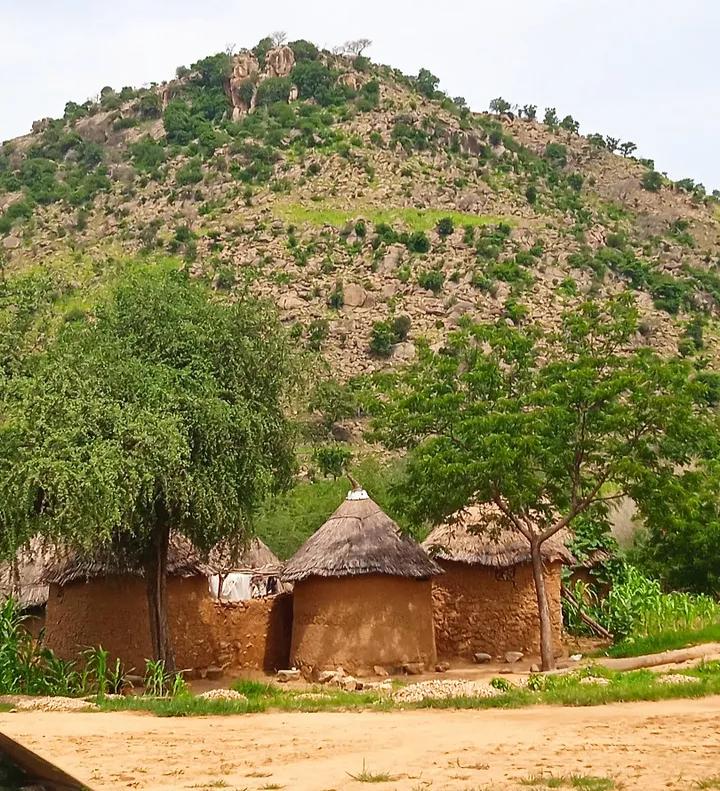The site has been inscribed on the prestigious UNESCO World Heritage List, marking the country’s third recognition of this kind. From centuries-old dry-stone ruins to living traditions, Diy-Gid-Biy is now one of the biggest global symbols of Cameroon’s cultural richness and resilience.
The cultural landscape of Diy-Gid-Biy, located in the heart of the Mandara Mountains in the Far North Region, has been officially inscribed on the United Nations Educational, Scientific and Cultural Organization, UNESCO World Heritage List. The announcement was made on July 11, 2025, at the close of the 47th session of the UNESCO Intergovernmental Committee in Paris, France. This historic inscription marks Cameroon’s third entry on the prestigious World Heritage List and is a significant milestone in the country’s cultural journey. Diy-Gid-Biy becomes a globally recognized symbol of Cameroon’s heritage, history, and community resilience. Covering 2,500 hectares and comprising seven villages, the Diy-Gid-Biy landscape is a treasure trove of historical and archaeological value.
The site features sixteen dry-stone ruins, constructed entirely without mortar. These ancient structures, stairways, passageways, granaries, terraces, and traditional dwellings, are built on steep and rocky terrain, showcasing the ingenuity of the Mafa people who have lived in harmony with their environment for centuries. Archaeological research suggests that the site was continuously occupied from the 12th to the 17th centuries AD. Beyond its physical structures, Diy-Gid-Biy stands out for its living cultural traditions. The site is still home to Mafa communities who maintain agricultural terraces and spiritual practices tied to the land.
This rare blend of tangible and intangible heritage convinced the World Heritage Committee of its Outstanding Universal Value, the key criteria for UNESCO inscription. Back home, the recognition was met with celebration. Leading a high-level delegation in Paris, Minister of Arts and Culture, Bidoung Mkpatt, expressed national pride and praised the efforts that led to this international achievement. He highlighted the pivotal role played by President Paul Biya, whose commitment to cultural diplomacy, he said, has breathed new life into Cameroon’s heritage sector.
In an official statement dated July 14, Minister Mkpatt underlined that in less than two years, Cameroon has achieved three major cultural milestones with UNESCO. These include the listing of the NGUON Festivalfrom the Grassfields and the NGONDO Festival from the Sawa cultural area on the Representative List of the Intangible Cultural Heritage of Humanity. Diy-Gid-Biy now becomes the first Cameroonian cultural property inscribed on the World Heritage List, placing the Soudano-Sahelian cultural area firmly on the global map.
The inscription ceremony in Paris was attended by members of the Cameroonian diplomatic corps, including the Ambassador to France, André Magnus Ekoumou, and representatives from the Far North Region, who welcomed the decision as a long-awaited recognition of their historical importance. For many cultural observers and historians, the inclusion of Diy-Gid-Biy is more than a symbolic victory. It is a reminder of the need to preserve, document, and promote Cameroonian heritage in all its diversity. The Mandara Mountains have long served as both a place of refuge and cultural expression for communities resisting conflict and adapting to extreme conditions.
The region’s unique landscape and traditions now have a chance to shine on the world stage. This year’s UNESCO World Heritage session also brought good news to other African countries. Malawi’s Mount Mulanje Cultural Landscape, Mozambique’s Maputo National Park, the Gola-Tiwai Complex in Sierra Leone, and the Bijagós Archipelago in Guinea-Bissau were also added to the list. For Sierra Leone and Guinea-Bissau, these are their first-ever UNESCO World Heritage sites.
As Cameroon joins this circle of countries with recognized cultural sites of global significance, the task ahead will be to protect, manage, and develop the Diy-Gid-Biy landscape responsibly. The Ministry of Arts and Culture is urging all Cameroonians, especially local communities, scholars, and cultural actors, to rally behind this new status and ensure that the site becomes a space for education, tourism, and national pride. In the words of Minister Bidoum Mkpatt who said: “This is not just an award for the past, but a call to build the future of culture in Cameroon.”

